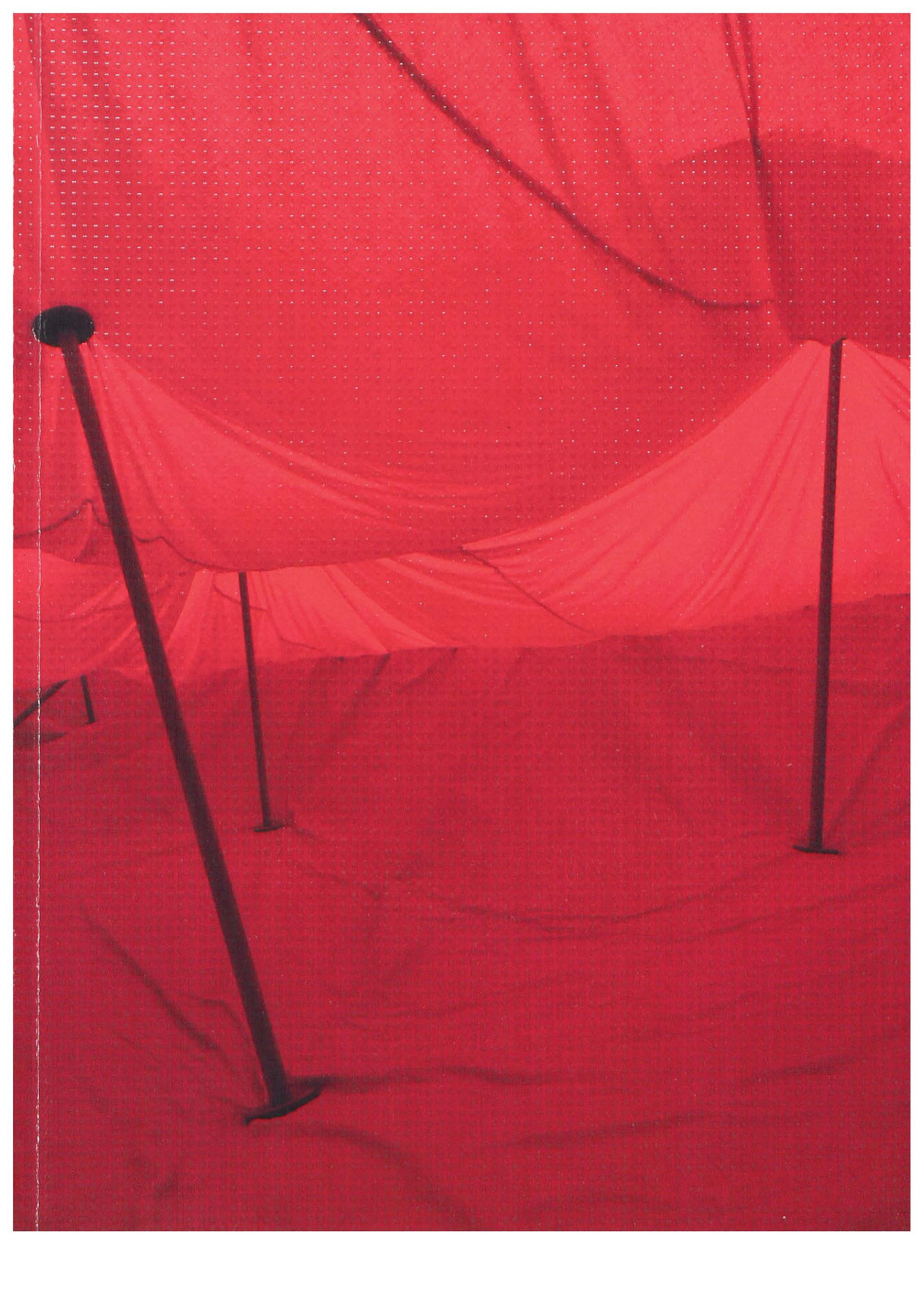There is a lot of uncertainty in our times right now. Our human- made environments have become so complex, that we often do not know where the realities we live in come from and if they are actually real. Immersed in liquid networks of data, we are virtually connected to everyone, but at the same time we feel disconnected, lonely, separated. Arbitrary, diffuse, and nebulous fears of existence infuse our minds. It is a paradoxical reality we live in, because technically our lives are much safer today than in any generation before. Most of us have had the good fortune to grow up in peaceful and healthy environments, we have had the opportunity to study, and we can earn our living in line with our interests and skills. That is a great privilege. Yet, we live under the phantom of insecurity, of loss, of meaninglessness of life. This existential anxiety also defines the way we think of love.
When we talk about love today we are likely to have a couple in mind, lying side by side on a bed under white blankets, promising each other their everlasting love. The ideal of love as romance is what fuels our hearts and imagination. Love serves as an affirmation
of the self. It means that someone needs us on this planet. And it appears that we need this reassurance so badly, that we crave for it again and again. It makes our heart beat raster. It makes us feel alive. The consequence is that we throw our object of love away like an object of utility, once we think it is not worth it any more, once we fear that we are missing out on something better instead... How can we build something lasting? It is so easy to drop it.
It requires passion, engagement and care. Love as the romantic love is just one possible interpretation. But there are so many others: Love is affection, care, engagement, tenderness, warmth, desire, passion... It is emotions that drives us to want something. In that sense, love can unleash a transformative power to the things we are dealing with. But this love does not just stay around. We have to take care of it. It requires work; we have to invest in what we love. Where have these shades of love gone in the days of frightening uncertainty? We need to seize the power of love and infuse it into the things we do and into the way we deal with what surrounds us. And we need to treat these other loves seriously, also and maybe especially as architects.
Love as affection. Love is the anthropologically strongest form of solidarity. It is the basis of all forms of community on our planet.Through spaces and buildings, architecture gives a physical response to the need for community and protection. In designed atmospheres, forced or subtle, pleasant or uneasy, we infect each other with feelings.
Love as care. We have the responsibility to build things with care, because people, animals and plants will inhabit it. But we should not only protect what we know we like or need, but also care for those things and creatures we do not fully understand, that are alien to our minds. Love is a passionate confrontation between oneself and the world.
Love as engagement. We often know what we do not want. But what do we really want? What do we love? What are we ready to fight for? As an architect, that also means: What kind of world do I want to build?
Editing this issue of trans, we discovered manyfold facets of love, and the power it has to transform our lives. Thanks, dear contributors, for all the passion you put into your words, images and drawings, and thanks also to you, clear reader, for opening up your heart for this trans issue, holding it in your hands, gently touching the surface of the cover, and gliding with tenderness over this red, intimate space.
Contributors
Adam Jasper, Guillaume Othenin-Girard, Martyna Marciniak, Louise Lemoine, Plasticity Studio, Alessio De Gottardi, Augustine et Josephine Rockebrune, Andrea Alberto Dutto, Charlotte Malterre-Barthes and Gabrielle Schaad with Valentina Genini, Adrien Comte, Merlin Bauer, Arno Brandlhuber + Christopher Roth, Fani Kostourou and Chrystala Psathiti, Sara Sherif, Carolin Bohn, Nadja M. Köffler, Thomas Sojer, An Fonteyne, Ursin Niderberger, Leon Lothschütz, Apolinario Soare, HIL777, Bess Laaring, Alexander Poulikakos, Magdalena Stolze, Pedro Esteban Astudillo Sacoto, Urs Primas, Uwe Bresan, Heiner Franzen, Francesco Colli, Felicia Narumi Liang, Pol Esteve, Michael Karrer, Lucio Crignola, Géraldine Recker,Jan de Vylder, Nina Zschocke, Léopold Lambert, Brady Burroughs
Editorial Team
Saida Brückner, Dorothee Hahn, Julius Henkel, Seiina Sigg
Table of content
Love is a kind of knowledge
A space for falling in love
Initmate stories
Plastic love nest
Lindsay
We don't embroider cushions here
Homage to Bacchanalia
Prostitution, moral spatiality, and urban territory : the example of Zurich
The attractive ability of the ordinary
"Liebe deine Stadt"
Loveletter
What's wrong with Wonderland?
The Gazed Ones
Drei Stimmen zur Räumlichkeit der Liebe
Loveletter
Lebensraum als emotionaler Entwurf
Liebe 2017 : ein Versuch
You feel it's different. You can't pretend to not give a shit. We all know you're getting excited.
Suchst du lieber Antworten oder stellst du lieber Fragen? : HIL777
E. 1027
Una pasión desbordante
Loveletter
Wo Männer Männer lieben : die Architektur der Loge
Schlüsselloch
Playboy apartments
Your love
Amour; Love
"Friede, Freude, Eierkuchen"
Engaged : drei Projekte der Künstlerin Lara Almarcegui
Gleichgesinnte
Loveletter
What's love got to do with it? : Adopting a love ethic to perform the critical differently
Between political friendship and tactical optimism
Love is a kind of stupidity
